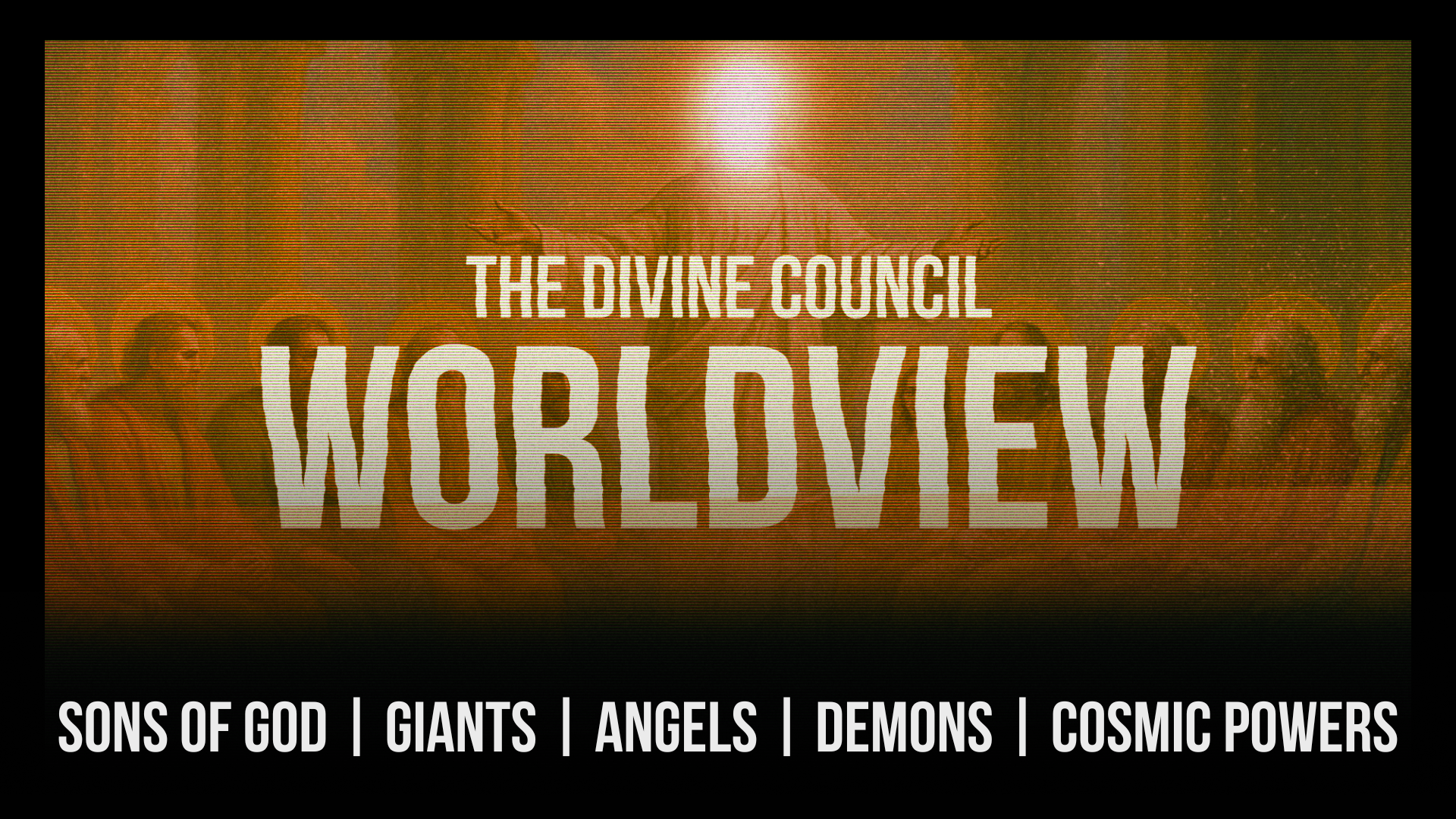
What Are the Gospels?
The term “Gospel” refers to the first four books of the New Testament–Matthew, Mark, Luke, and John. These foundational texts contain the testimony of Jesus Christ's life, ministry, death, and resurrection. While modern readers might expect conventional biographies, the Gospels are a unique ancient biographical form that aims to demonstrate Jesus’s identity as Israel’s promised Messiah and accomplish their authors’ theological purposes.

Theomythology as a Framework for Biblical-Theological Preaching
Story matters. It may be the most powerful way God communicates to his people in the scriptures, yet many modern preachers engage the Bible exegetically, searching for propositional truths about God. This is how seminaries classically teach hermeneutics–the careful parsing of grammar to derive surface-level meaning. Yet, the way a preacher engages the story exegetically and how it is presented homiletically will affect its response. Theomythology, to be defined herein, provides a framework for narrative analysis in the context of biblical theology for preaching biblical-theological messages to theopathically engage listeners. Terms must first be defined before theomythology can be analyzed in the context of biblical theology. Further, biblical theology's place in preaching must be addressed before comparing the teaching and doing of theology.

THE DIVINE IDENTITY OF JESUS AS YAHWEH IN THE SCRIPTURES AND SECOND TEMPLE JEWISH THOUGHT
The divine identity of Jesus as Yahweh is evident in the New Testament and Second Temple Jewish literature. The New Testament presents Jesus not only as the Messiah but also as Yahweh incarnate, demonstrated through His divine roles, such as creator and forgiver of sins. The concept of the "Two Powers in Heaven" from early Jewish thought, which describes two divine figures sharing authority, aligns with early Christian views of Jesus. Additionally, some Jewish groups during the Second Temple period held expectations of a divine Messiah, as seen in texts like 1 Enoch and the Psalms of Solomon, which depict the Messiah with divine attributes. These sources affirm that Jesus is portrayed as the incarnate Yahweh in both scriptural and Second Temple contexts.

Covenant Membership in Christ (Circumcision of the Heart)
This article, based on Romans 2:17-29, explores the transformative nature of covenant identity through faith in Christ. Paul critiques the Jewish reliance on external markers, such as circumcision and possession of the law, to define their identity as God's people. He argues that true righteousness comes not from lineage or religious rituals, but from an inward change brought about by the Holy Spirit. The message is divided into three key points: (1) Misplaced Confidence in the Law, where Paul challenges self-identification through outward signs without obedience; (2) Failing to Keep the Law, which highlights Jewish hypocrisy and its damaging effect on their witness to the Gentiles; and (3) Redefining Covenant Identity, where Paul reorients covenant membership around inward transformation, fulfilled through faith in Christ and obedience to the Spirit, calling for heart transformation over external rites.

3 Ways Demonic Powers Are at Work Today
The Bible repeatedly addresses the activities of demons, the devil, Satan, and the powers of darkness. Interpretations and beliefs about these entities may vary. Some believe the demonic powers are mere metaphors for speaking about things we don’t understand. Others believe the ancient people created the idea of spiritual beings to describe evils in the heart of humankind. However, the most natural reading of the scriptures would indicate that there are fallen and evil beings in unseen places that war against righteousness in the cosmos and on earth, potentially through intermediaries. Here are three things the Bible says about demonic activities pertinent to contemporary events. I’ll leave much of the analysis of current events to your imagination, as my intent here is merely to demonstrate ways demonic powers are still on the job.

The Divine Council Worldview (DCW)
The Divine Council Worldview (DCW) posits that a heavenly assembly of spiritual beings exists under the authority of the supreme God, both ordering the cosmos and human destiny. Its origins are seen in ancient Near Eastern religions such as Mesopotamian, Egyptian, Canaanite, and Hittite traditions, which depicted divine assemblies governing the world. The Bible engages with this worldview, describing God’s appointment of the nations to spiritual rulers, their subsequent rebellion, and God’s ultimate judgment over them. Key themes include the reality of lesser elohim, the hierarchy of heavenly beings, and the compatibility of the DCW with biblical monotheism. Ultimately, the Scriptures use divine council language to demonstrate Yahweh’s unrivaled supremacy over all spiritual powers.